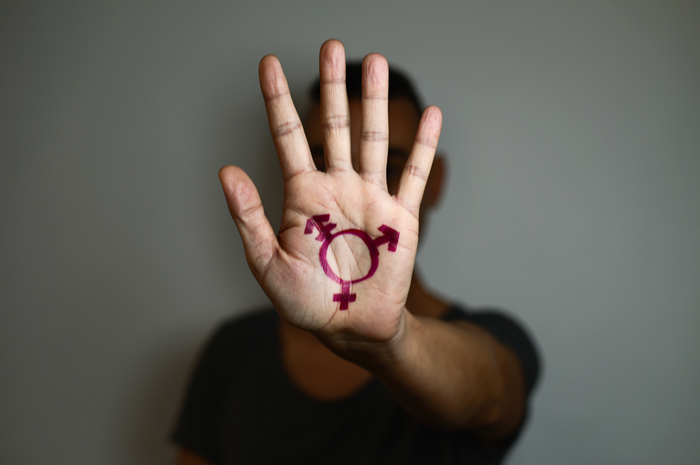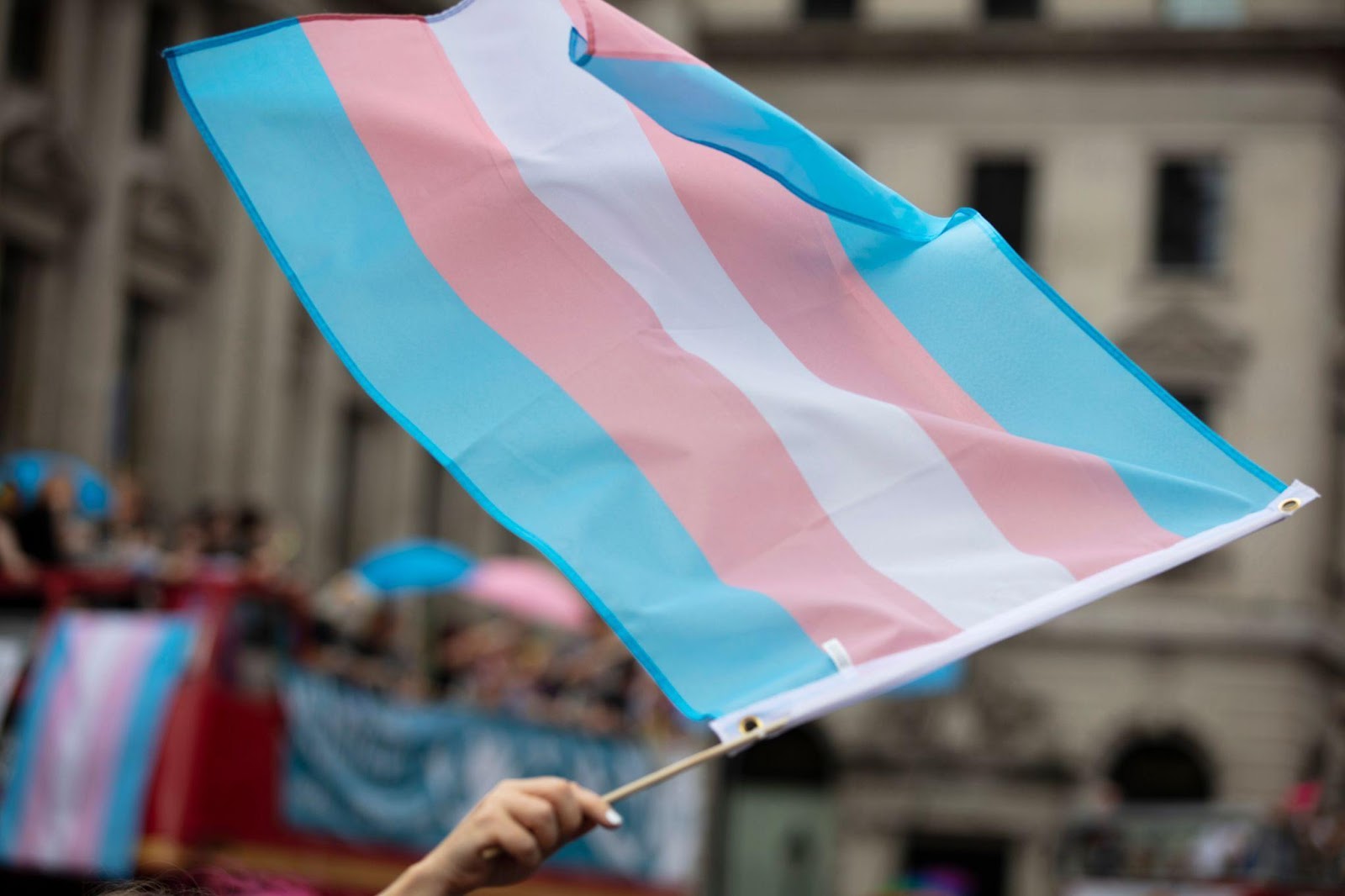
Gender-Affirming Top Surgery Myths
By Beverly Fischer on October 21, 2020
Gender Affirmation Back to Blog
Back to Blog


When you’re considering gender-affirming top surgery as part of your transition, it’s natural to be a little confused and overwhelmed by the amount of information out there. You may also have heard stories and warnings from other people about what to expect that have you rattled. Here’s a simple introduction to top surgery with real talk and mythbusting to put your mind at ease and help you make the right decision for your body.
What is top surgery?
“Top” surgery is the common term for the procedure to either enhance or reduce a transgender person’s breasts as part of their transition process. For those who seek it, it’s a medically-necessary intervention to shape the patient’s body to reflect their true gender and give them the masculine or feminine look they need to feel at peace with their physical form. The reason it’s medically necessary is that a transgender person’s appearance and perceived gender has a tremendous impact on their mental health and wellbeing.
For transgender women, getting breast augmentation may be part of the process of feminizing their bodies. For transgender men, chest reduction creates a more masculine appearance.
Top surgery is completely separate from “bottom” surgery, which involves re-shaping a person’s genitals to more closely conform to their desired body. Patients may have one, or the other, or both, or neither. It’s completely up to the individual.
What are the two types of top surgeries?
For feminizing or “MTF” top surgery, the procedure is similar for everyone—a breast implant, sometimes combined with a breast lift to enhance the shape and “perkiness” of the patient’s breasts.
But for masculinizing or “FTM” top surgery, there are two major types of procedures, periareolar and double incision.
- Periareolar uses small concentric incisions around the areola through which tissue is removed. It preserves the nipple stalk (and usually sensation in the nipple), has minimal scarring, and is usually more appropriate for people with smaller breasts.
- Double incision is common for people with larger breasts. It requires a double horizontal incision at the top and bottom of the pectoral muscle for tissue removal, combined with severing and re-positioning the nipple. There’s more scarring and a loss of nipple sensation, but it is still the best and sometimes only option for larger-breasted patients. (Learn what type of top surgery might be right for your body.)
What are the common myths about getting top surgery?
Let’s look at the truth behind some of the myths you might have heard about top surgery:
- You have to get top surgery to “complete” your transition: Your gender is your gender. You don’t have to do any surgical or medical transition to “become” your gender—in fact, you don’t have to look any particular way at all for you to deserve to have your gender recognized and respected. Many transgender people don’t want surgery, and many do. It’s completely up to you.
- You’ll have regrets: Anytime someone makes a permanent change to their body, people will line up to warn them about regretting it later! In our experience, the only regret a transgender person is likely to have about their surgery is that they didn’t get it done sooner. If you have any doubts, talk them over with your surgeon and/or your therapist—but don’t worry if you don’t have doubts!
- You have to be on hormone treatments: Hormone treatments are a desirable option for many transgender people—they help redistribute fat, increase or reduce body and facial hair, and alter vocal pitch, among other things. But they’re not necessary for top surgery—they won’t “grow” your breasts or suppress their growth.
- You have to be within a weight limit to get surgery: Some surgeons do impose weight or BMI limits on the patients they’ll work with, because of the fact that larger people are more susceptible to complications with top surgery. However, it’s by no means universal. Don’t be discouraged if one surgeon won’t work with you—find another who has experience with your body type.
- Your top surgery is just aesthetic/cosmetic: It’s not shallow or vain to want to re-shape your body as part of your transition. First of all, it’s your decision for whatever reasons you want to make it. Second of all, as we mentioned above, surgery has a profound impact on the mental health of patients who want it. Gender and body dysphoria can be deeply painful and traumatic. Doctors who work with transgender patients recognize the importance of medical transition, so don’t let anyone diminish your feelings.
- You can’t drive for months: It’s true that your mobility will be very limited at first after your surgery. You won’t be able to do very much for the first couple of weeks, and it will take several weeks to a couple of months before you can return to normal life. However, it’s only a matter of two weeks, not months, before you can drive and do many normal activities again.
- Your breast implants have to be replaced every decade: Breast augmentations have a bad reputation left over from their earliest days, when implants were more fragile and prone to leakage or rupture. Unless something happens to damage one of your implants, though, it’s very likely that you won’t need replacements at all. Most plastic surgeons will tell you, if nothing is wrong with the implant, leave the implant where it is.
Can my breasts grow back?
Finally, let’s tackle this one big myth—the idea that, for masculinizing or FTM top surgery, your breasts will grow back, especially if you go off or don’t take testosterone. It’s simply not true.
Whether you get a periareolar or double incision mastectomy, your surgeon is removing up to 95% of your breast tissue. Assuming your body has finished maturing by the time you have surgery, you’re not going to experience any more breast growth because 1) your breasts were already done growing and 2) most of that tissue is gone now. If you’re a younger patient, you should consult with your surgeon about any possible breast development that may not have happened yet, but in general, any change is likely to be minimal at best.
What can happen is that if you gain weight any time after surgery, you may develop some fat in your chest. If you’re not on testosterone, it’s possible that your fat distribution could favor your chest. While this might make your chest appear slightly larger, you’re not going to re-develop full breasts.
Do you still have questions or fears about top surgery? Is there a myth we haven’t covered? Please reach out to us and schedule a consultation to talk through your goals, your concerns, and your expectations!
Dr. Beverly A. Fischer is passionate about her role as a leading female plastic and cosmetic surgeon in Baltimore, Maryland and beyond. She believes that plastic surgery makes a positive, life-changing difference, whether you’re renewing your body, face, and skin or embarking on an entire gender transition.
Reach out
We are happy to answer any questions you have. Use the form to request a consultation or more information about specific services. A member of our team will will contact you shortly.
Contact Us



